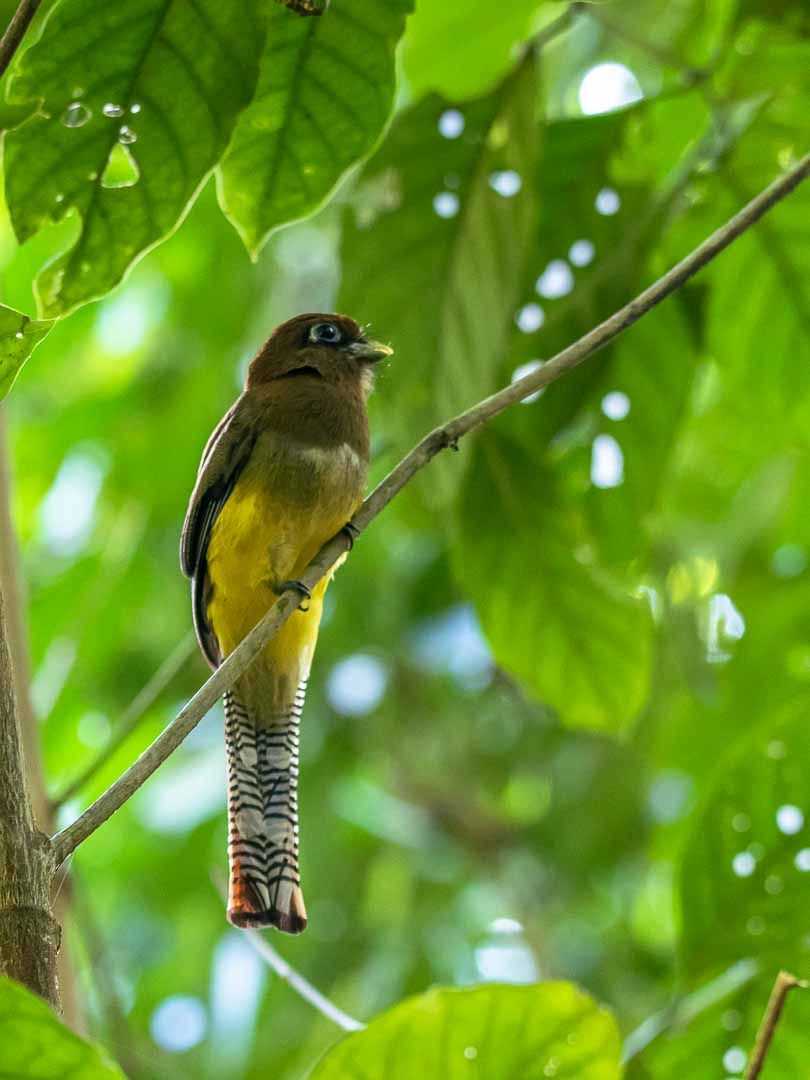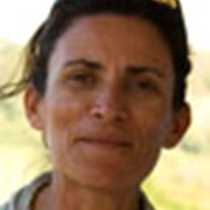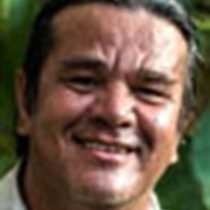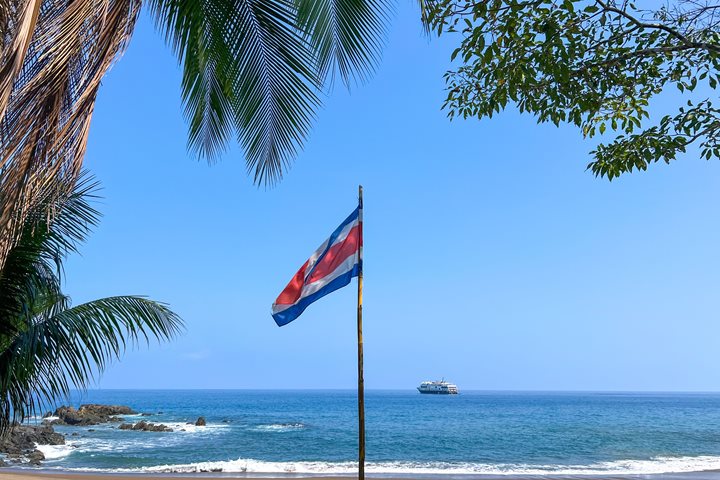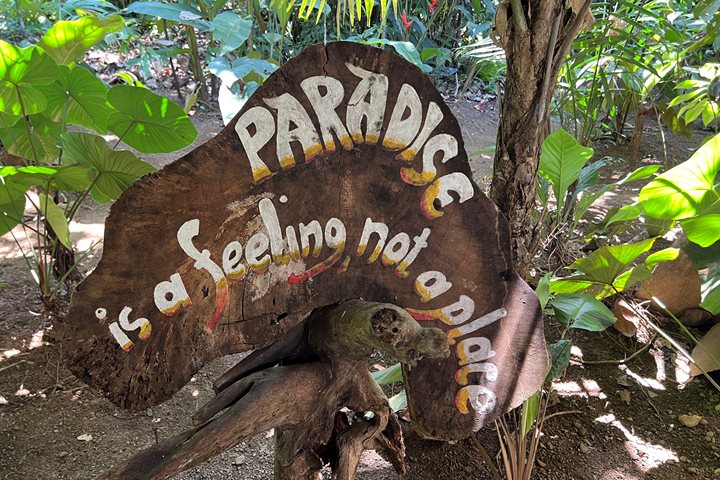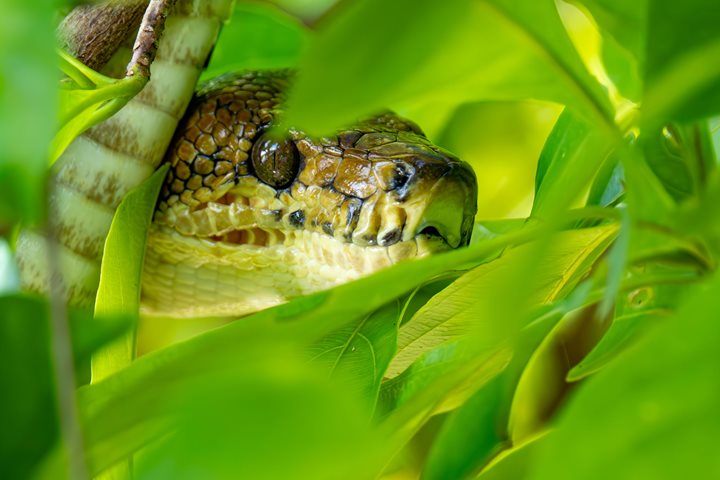The last day of our trip found us just outside the sandy beach of Caletas Bay, where our good friend Enrique welcomed us into his home and gardens. Caletas’ beach had many options for us: some guests took part in a long repositioning hike along a fine trail that borders the beach, others enjoyed a long and difficult forest hike, or finally, some took a wonderful walk around the grounds looking for plants, flowers, and birds.
We then repositioned our vessel a few miles south to reach the San Pedrillo Park Ranger’s Station in Corcovado National Park, where guests could take the inner forest trail leading to a waterfall and waterhole; or enjoy a flatter trail, parallel to the beach, in search of wildlife.
We headed off into our daily adventures and finally, gave closure to our Central American voyage with a quick and elusive green flash.

